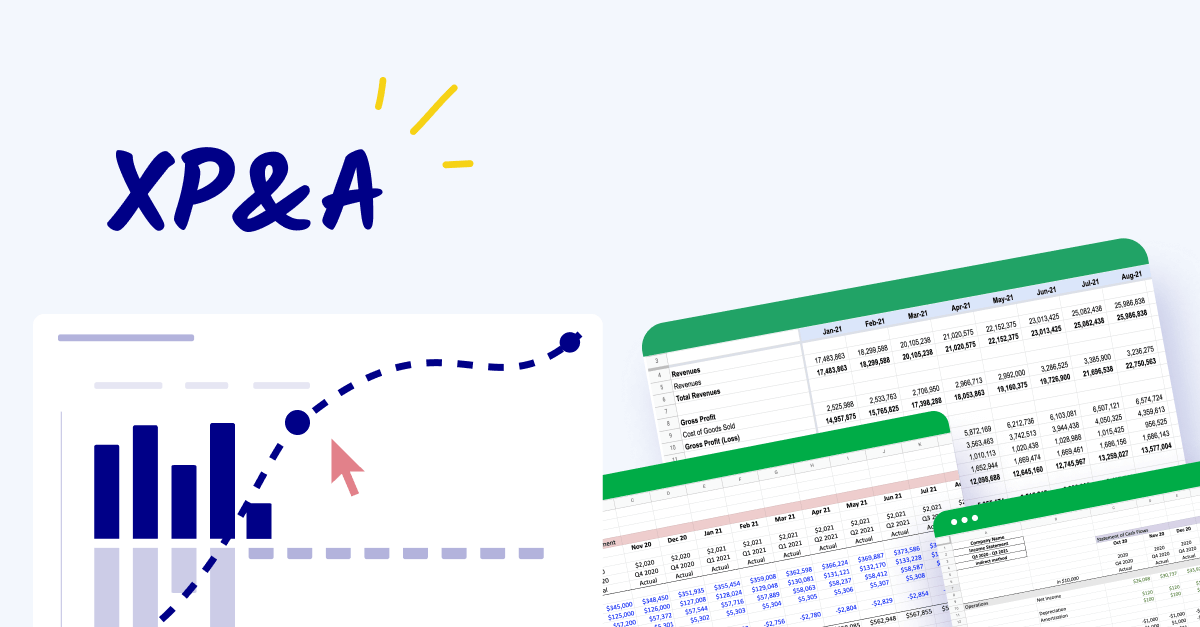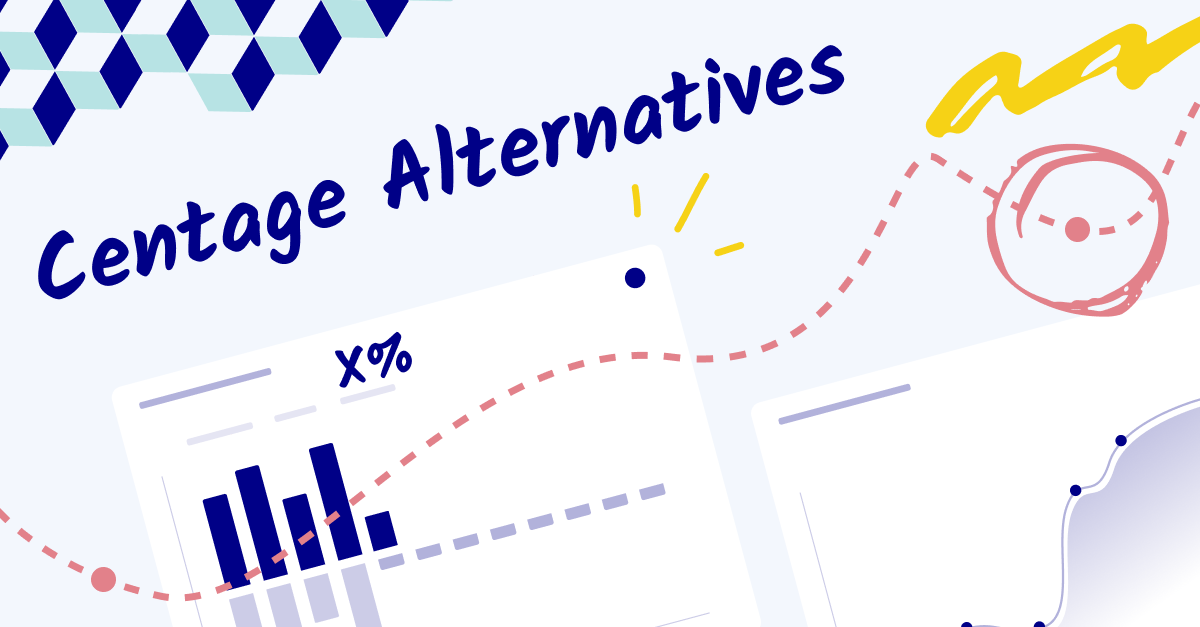What is bottom-up planning?
Also known as progressive planning, the bottom-up approach begins at a very basic level—within a company's lower levels.
This might include individual department sales quota, production capacity, and regional details in sales forecasting. You'd begin with the product and end with the market trends in contrast to top-down planning.
Bottom-up planning is much more inward-focused than top-down planning—it concentrates more on the company's internal operations, getting into the nitty-gritty, granular detail.
Departments can set more achievable, realistic financial projections by relying on solid, very focused data in bottom-up planning.
These more precise metrics carry up the organizational hierarchy and inform the company's overall plan.
Who uses bottom-up planning?
Organizations that encourage flexibility, collaboration, and creativity in their company culture benefit most from bottom-up planning. Basically, businesses looking to innovate or disrupt and want their employees to contribute to planning processes.
Think tech companies. Bottom-up planning widens the brainpower pool. Employees at all levels can bounce ideas off each other and refine the company's vision.
In startups with lean teams, bottom-up planning is effective because it allows the company to leverage the insights of individual team members directly involved in daily operations. Creative agencies, research institutions, Saas businesses, and sales organizations also all use bottom-up planning, creating room for people to give feedback and suggest valuable ideas that the top-down approach might overlook.
Close collaboration between departments—the kind that might not exist with top-down planning—helps tweak different aspects of a product before it heads to market.

What is top-down planning?
Also known as retrograde planning, a top-down approach looks at the big picture: the market layout.
Management observes market trends, conducts painstaking research, and tries to answer questions like "How can we increase our total market share?" or "How can we differentiate ourselves in this competitive landscape?"
From there, they devise a sales and operations plan that’s passed on to the rest of the company. Department heads are responsible for implementing the plan's specifics.
So, top-down planning is more of a classic approach: Executives create company goals and the rest of the organization tries to reach them. There's little or no input from below.
Who uses top-down planning?
Top-down planning is a rigid and structured approach that works better for legacy organizations, government, and intergovernmental agencies, organizations in highly regulated industries like banking, and businesses that operate in more traditional industries like healthcare, manufacturing, and retail.
For example, banks use top-down planning to implement compliance management systems. The decision comes from the bank's executive leadership team and flows down to all departments and teams, who then implement the compliance system based on specified requirements.
Compared to businesses using bottom-up planning, organizations using the top-down approach typically have clear authority lines, a strict value structure, and want predictable outcomes.
They have large teams with multiple departments, subteams, or many different project parts, which would create bureaucracy and slow down planning if everyone had a say in the decision-making process.
Bottom-up planning vs top-down planning
Bottom-up planning starts with establishing specific targets or goals to achieve and then tying them to a general framework. It focuses on a desired functionality–and then building around it. This approach is more inward-focused and considers team members' input. It allows for more accurate budget estimates and realistic plans.
Top-down planning focuses on the general framework and then breaks the framework into specific targets or goals. Here are the key differences between the two approaches:
- Top-down planning is quicker because fewer people are involved in decision-making. However, it can limit creativity since team members have less opportunity to contribute ideas.
- Bottom-up planning allows the business to collect innovative ideas from various people, but it slows down the process as more people are involved in decision-making.
The success of top-down planning relies on the knowledge and capabilities of the leadership team, whereas bottom-up planning depends on team collaboration and communication.
Top-down planning is ideal for generating quick initial plans and cost estimates when time is limited. Bottom-up planning is better for projects with more time, as it allows for gathering detailed insights and data from both internal and external sources.
For example, if a tech startup is creating a strategic budget to launch a new mobile app, they might use bottom-up planning. Each team, such as marketing and tech, would provide individual budget estimates. Management would then compile these estimates into a comprehensive budget and adjust them based on available resources.
In top-down planning, the process is reversed. Management sets an overall goal, such as launching the app, and assigns budgets for each team to work within.

Advantages and disadvantages of top-down planning
Top-down planning aligns the organization around the C-suite’s vision for the company.
As our co-founder and CEO is fond of saying, startups die from indigestion, not starvation. So the top-down approach is great for early-stage startups that must focus on growth.
As we'll see, though, bottom-up planning is not the quickest approach. Therefore, a top-down approach will be the best option when a company needs to move fast. It offers the following advantages:
- The macroeconomic view of top-down planning is better for budgeting when a company needs to cut costs.
- In a crisis, management has a clearer view of revenue and understands where to reasonably allocate finances.
- Decision-making and documenting organizational plans is quicker and more efficient and depends on available resources.
- The top down approach sets clear expectations and ensures everyone aligns on goals.
However, top-down planning is far from perfect. Despite its broad outlook, it takes a narrow view, and organizations using it might have these issues:
- The top of the organizational hierarchy may be out of touch with individual departments and set unrealistic objectives.
- Unrealistic expectations might result in lower employee buy-in, less motivation, and less likelihood of meeting targets.
- In addition, when the decision-making process involves only one person or a small group of people, it's possible they could be making the wrong decisions.
Advantages and disadvantages of bottom-up planning
One of the bottom-up approach's primary advantages is higher employee morale, thanks to its inclusive nature. Other pros of this approach are:
- You get higher buy-in when the data that informs the company-wide planning process originates from frontline workers. Because workers set and understand their goals, they feel more invested in driving sales.
- Compared to top-down planning, bottom-up planning provides a clearer view of a company's overall situation. When departments communicate goals to the top, management better understands the unique position of each subdivision.
- The rich data gathered by bottom-up planning also clarifies how to spend money. Companies that need to make cuts more easily know where these cuts should occur.
- Arguably, department heads know their hiring and spending needs better than distant executives—bottom-up headcount planning and budgeting can lead to a more efficient allocation of funds.
- Finally, interaction and planning between different company levels help foster a culture of cooperation.
But the bottom-up approach might slow down your process significantly. Let’s look at its disadvantages in detail:
- One of the biggest disadvantages of a bottom-up planning method is a time sink—analyzing all this data can take a lot of time, especially if the company is large.
- Cohesion can also be a problem. Without a clear, overarching directive, things can get messy—think "too many cooks in the kitchen."
- The bottom-up technique is an iterative method, meaning it's down to the top level to formulate all these different objectives into a cohesive plan. This takes time and effort—another disadvantage.
Of course, heads of individual departments might not have the same high-level insights executives have. Say the company needs to be cutting costs. If we budget or determine headcount from the ground up, the company may end up spending more money than it can manage.
Examples of top-down vs bottom-up planning
Let's take a look at some practical examples of how top-down and bottom-up planning work:
Example of top-down planning
Consider a global company with divisions in many different countries for an example of bottom-up planning.
On average, a top-down approach might see a specific product as the company's bestseller. Executives set a company-wide goal of increasing sales of that product. The problem is they don't necessarily understand each regional market across their very diverse company.
Naturally, no one will understand these better than the local department heads. It could be that the goal imposed from the top is unrealistic—maybe there's a cultural preference that misaligns with the product or unfortunate translations that tank desire in the market.
Example of bottom-up planning
Now, in that same company, using a bottom-up planning strategy, that individual department would be free to determine what's best to improve their position and then take action.
Say they're looking at historical data and decide a different item produced by the company would be a much better fit. They set up their marketing budget, made sales, and emerged much stronger than they would have if they had to follow an inflexible, company-wide directive.
This is the idea behind bottom-up planning: that each department knows what's best for them regarding growth, where they need to focus their efforts, and so on.

Combining bottom-up and town-down planning with countercurrent planning
No rule says a company must use only top-down or bottom-up planning. Different circumstances favor different approaches; the best option is sometimes to combine the two methods.
This is countercurrent planning.
How the countercurrent procedure works
In a countercurrent procedure, goals are set by top management, but departments have the flexibility to adjust their methods based on their specific needs and insights. This process allows for a blend of top-down direction and bottom-up input.
For example, management might set the overall goal of increasing profitability for a product. A division, through its research, might decide that focusing on online marketing would achieve this goal. In response, they can cut traditional advertising and boost online efforts to reduce customer acquisition costs and increase profitability, aligning with the broader company objectives while tailoring the approach to their strengths.
The countercurrent approach allows you:
- Coordinate objectives across departments
- Help team members connect with the overall company goal
- Set targets that are achievable and aligned with department capabilities
With a countercurrent plan, you get the best of both worlds—you can satisfy both goals and keep everyone happy.
The bottom line on top-down vs bottom-up planning
The major difference between bottom-up and top-down planning approaches lies in how much control you want over the planning process, and how much input you want from your team members.
If you operate in a more traditional or rigid industry, try top-down planning, but if your company has a more flexible structure, you might want to lean more toward bottom-up planning as you’ll get valuable insights from your people to inform planning.
Regardless of your planning style, you need a tool that lets you plan for every outcome, fast-track your planning cycle, and prepare for what’s next.
Ready to unlock the full potential of strategic planning for your company using Cube?
Book a free demo today.
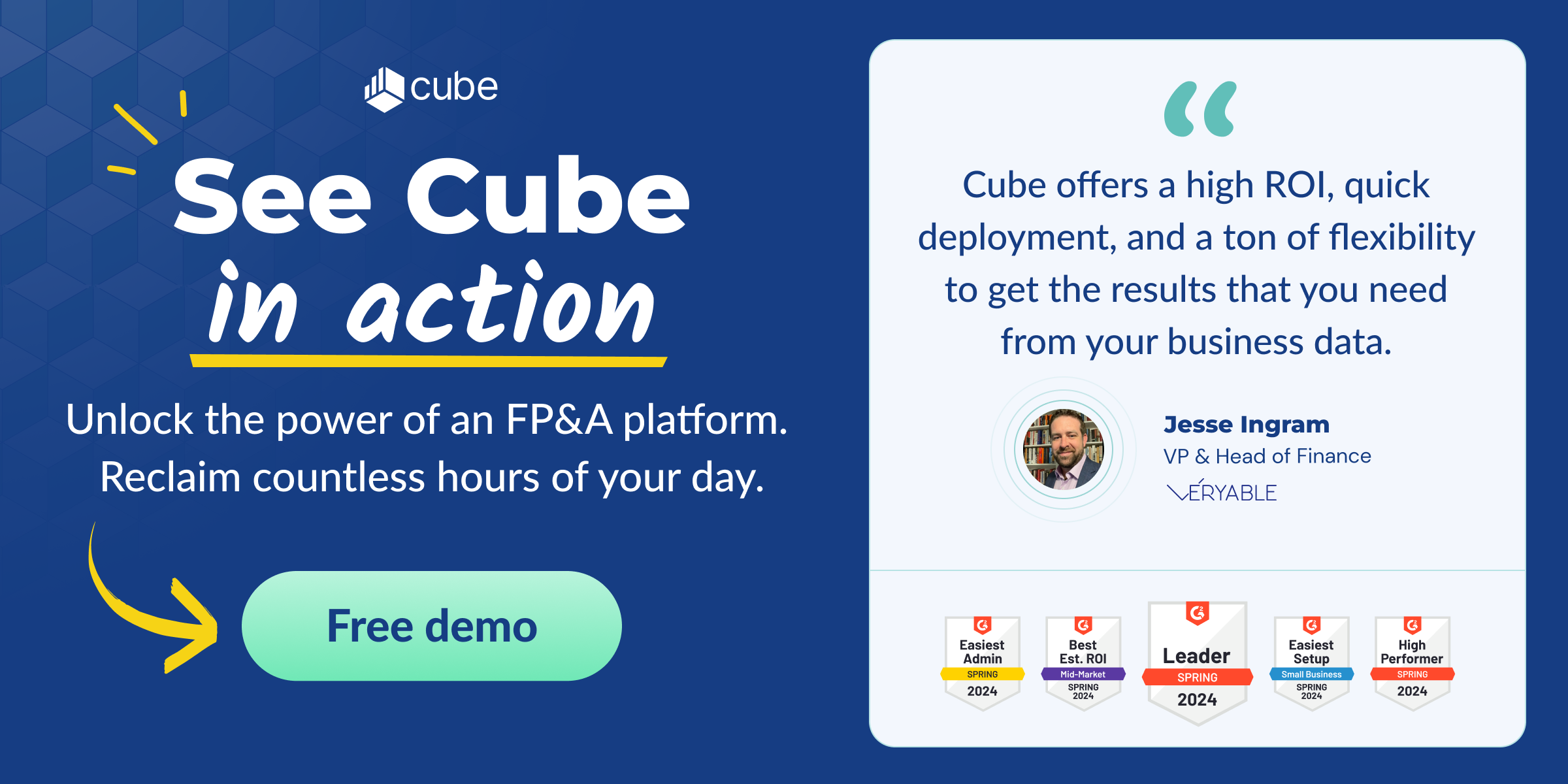



.png)


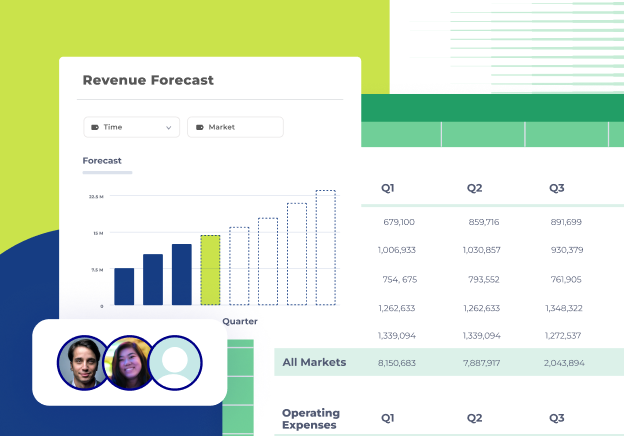


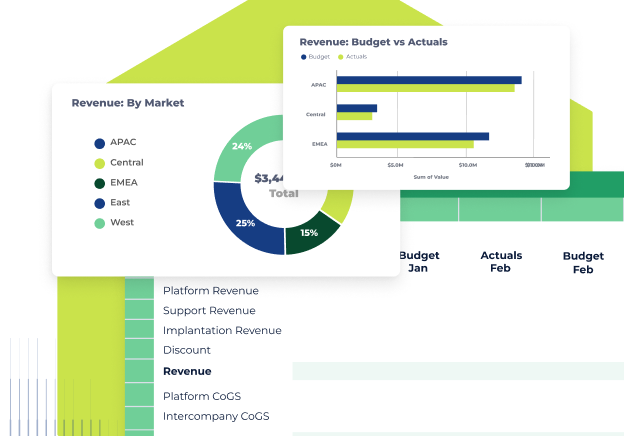



.png)

![Top-down vs bottom-up planning [2025]](https://www.cubesoftware.com/hubfs/top-down%20vs%20bottom-up%20planning%20new.png)




![Top-down vs. bottom-up budgeting: Which should you use? [2025]](https://www.cubesoftware.com/hubfs/top-down-bottom-up-budgeting-1.png)
